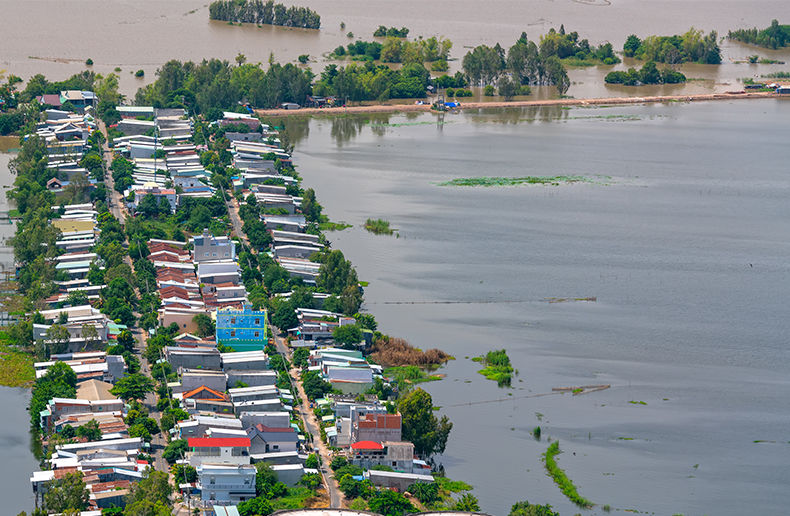Sea levels are rising, from an average of 2.13 millimeters per year between 1993 and 2002 to around 4.77 millimeters between 2014 and 2023, according to World Meteorological Organization (WMO) data presented by insurtech company, My Choice Financial Inc.
The change, attributed to climate change-induced thermal expansion of the oceans and melting glaciers and ice sheets, threatens an estimated 11,814 dwellings across the country that are located at an elevation of one metre above sea level – these are expected to be flooded by 2100. “This number could be significantly higher, as some provinces are anticipated to experience sea-level rises well above one metre, potentially impacting more dwellings and communities,” they state.
All told, an estimated 3.9-million Canadians are expected to be displaced by 2100 due to rising sea levels.
Provinces most at risk
British Columbia is projected to be the most affected province, due to its high population in coastal areas. Nova Scotia is expected to face the highest average sea-level rise of 159.3 cm.
In British Columbia, approximately 3.18-million people reside in communities vulnerable to coastal flooding; at least 3,190 at-risk dwellings are situated at one metre elevation and within 10 kilometres of the coastline. Around 508,114 Nova Scotia residents also live in at-risk areas. In that province there are an estimated 2,231 dwellings at one metre elevation, within 10 kilometers of the coast.
Quebec, meanwhile, despite having a smaller coastal population of at-risk communities, a sea-level rise of 156 cm threatens at least 1,968 dwellings there.
The analysis makes use of sea-level rise and population data from the National Collaborating Centre for Environmental Health and from Statistics Canada.
“The threat of rising sea levels and increased coastal flooding is a complex challenge that requires action from both governments and individuals,” they state. “With significant portions of Canada’s population and infrastructure at risk, it’s imperative to utilize tools like the new coastal flooding alert system and take preventative measures to protect homes and communities.”







